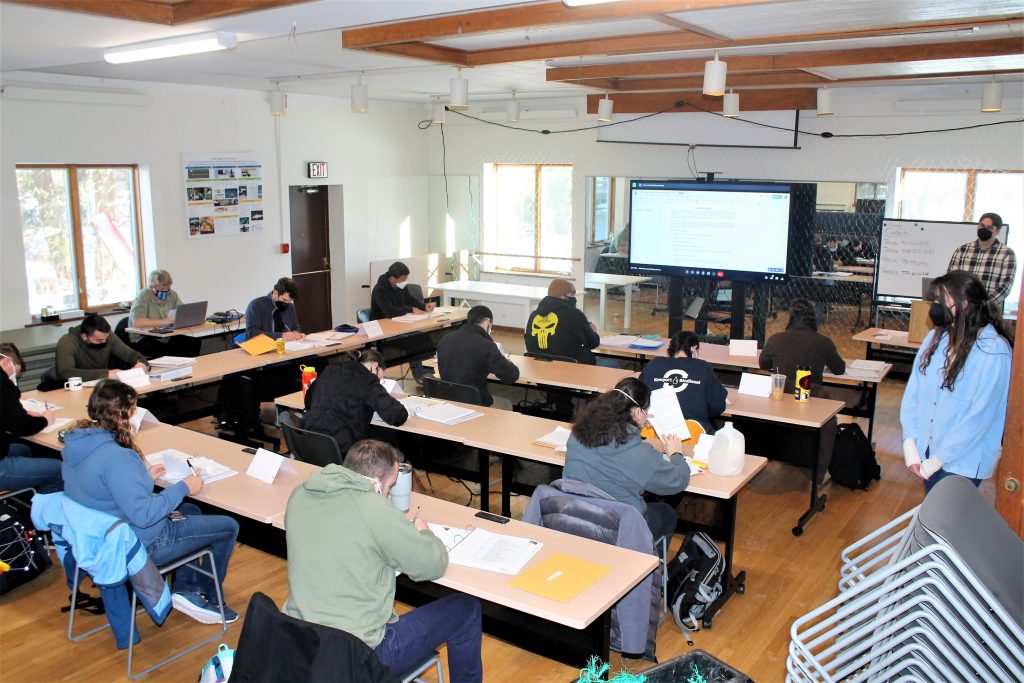February 15, 2022 — The following was released by the Coonamessett Farm Foundation:
The Coonamessett Farm Foundation, Inc. (CFF) located in East Falmouth, MA was recently awarded a 2-year contract through the Atlantic States Fisheries Marine Commission, in cooperation with NOAA Fisheries Northeast Fisheries Science Center (NEFSC), to provide supplemental At-Sea Monitoring training sessions. These classes are critical to increasing the groundfish monitoring coverage rate to 100%, as stipulated under Amendment 23 of the Northeast Multispecies Fishery Management Plan. CFF, a recognized leader in sustainable fisheries and cooperative industry research, employs highly skilled instructors on staff that will begin training at-sea monitors for at-sea deployment by the NEFSC.
The At-Sea Monitoring Groundfish Program began in 2010 when the Northeast Fisheries Management Council and NOAA Fisheries Greater Atlantic Regional Office finalized the creation of the sector quota management system for federally permitted groundfish vessels. There are 13 commercially viable fish stocks such as Atlantic cod, redfish, haddock, and winter flounder that are managed as part of the Northeast species complex through sector allocations. Currently, based on geographical location within federal waters of the North Atlantic Ocean, there are 20 recognized stocks that make up the groundfish complex.
Employed by observer/monitor service providers, certified at-sea monitors work directly with groundfish vessel captains and crews throughout the Northeast region and serve as NOAA Fisheries contractors. They are an important and vital link between industry, stock assessment biologists, and federal managers. Monitors are instructed in species identification, with core training components related to collecting haul level catch data of kept and discarded species; verification of area fished; and gear types used. During training, monitors undergo 3 days of instruction in vessel emergency and safety with hands-on field exercises to prepare them for working aboard commercial fishing vessels that range in size from 35 and 95 feet.
With guidance from training and data quality staff at the NEFSC, CFF plans to lead several trainings during the 2022-2023 season. In class training will be led by CFF ASM trainers, Tanner Fernandes and Taylor Irwin, former monitors and observers who joined CFF in 2021 to support this program. The NEFSC will advise on the need for additional training classes and provide ongoing support to CFF throughout this contract.

